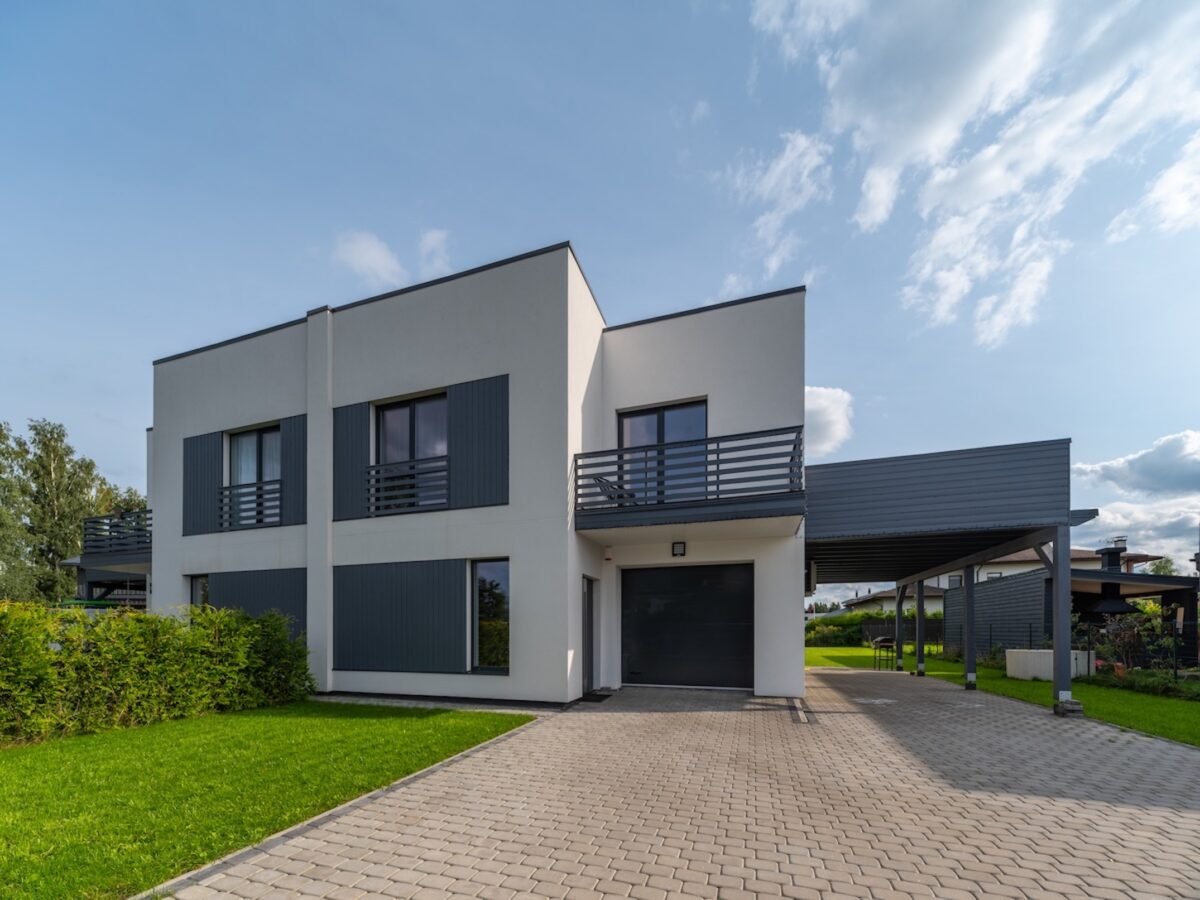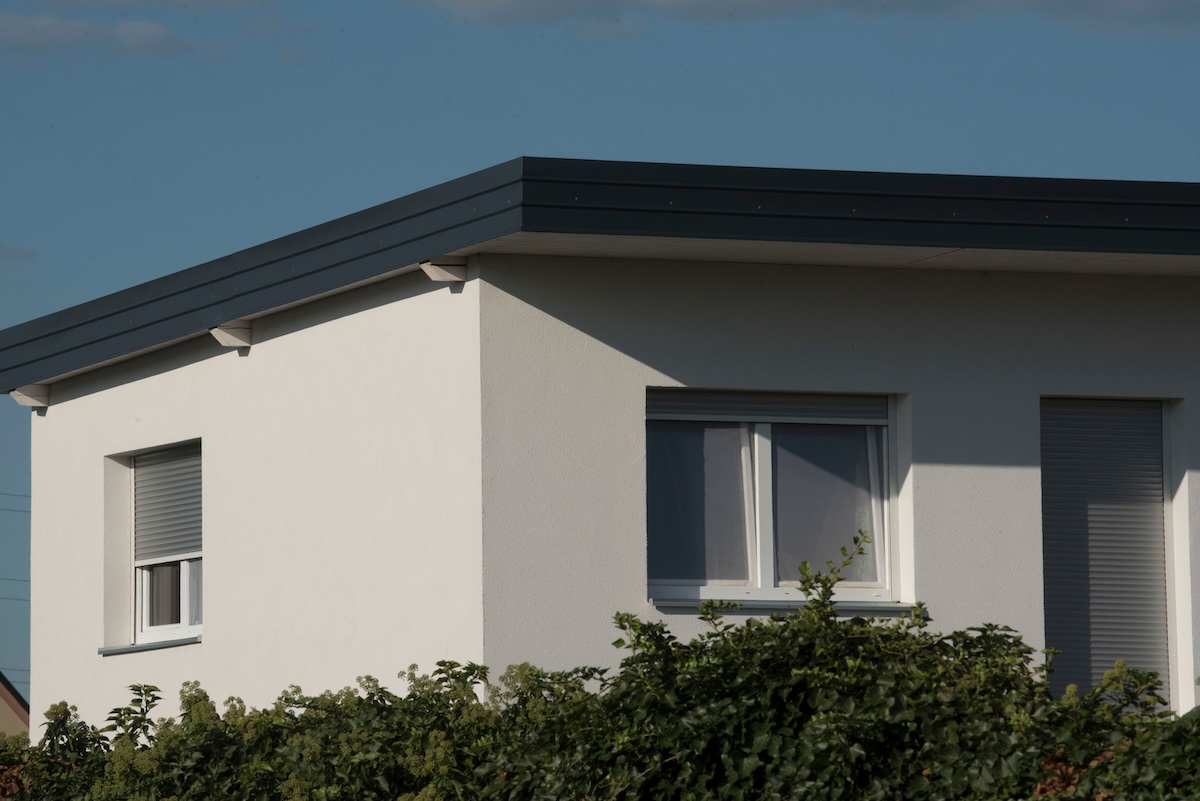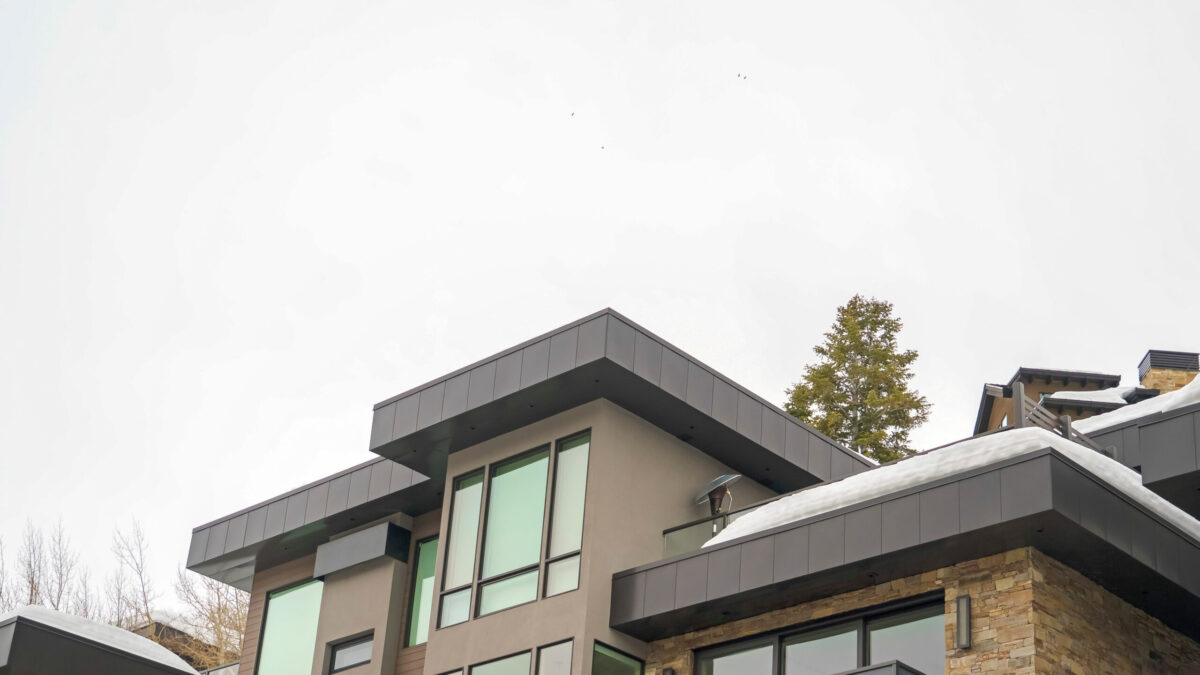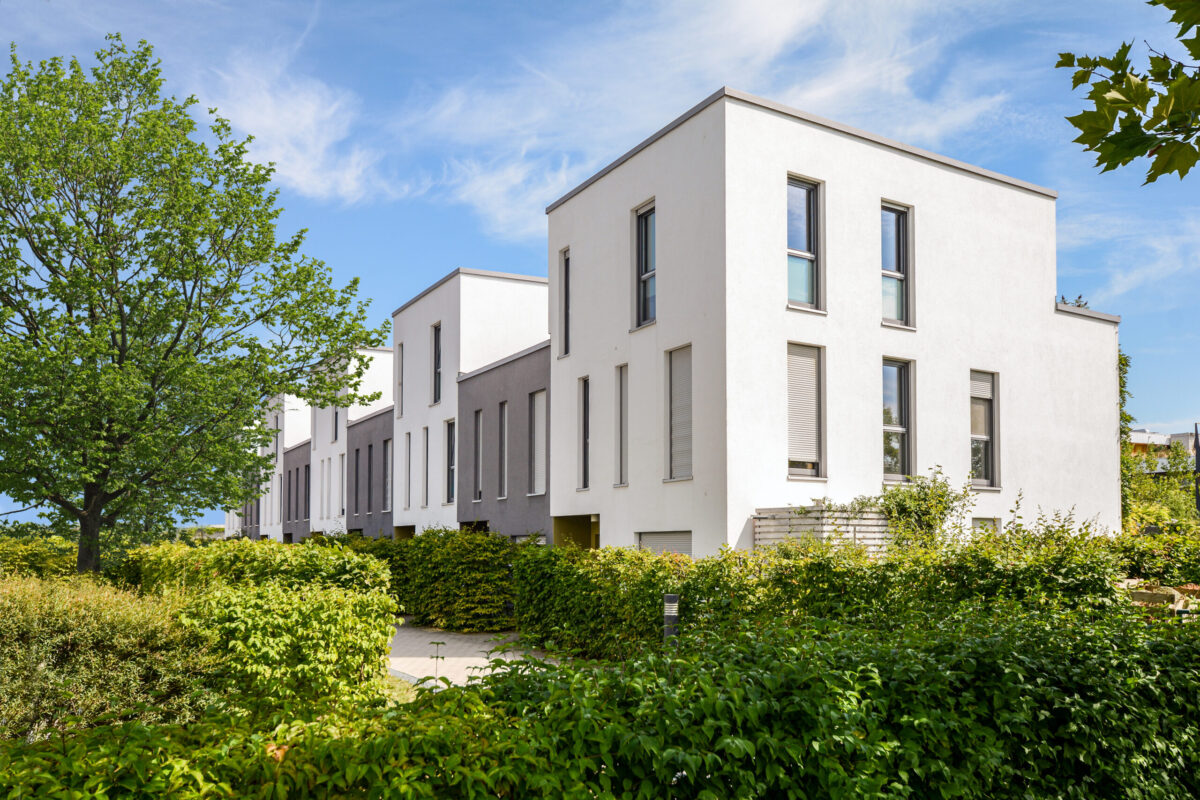
Flat Roof Replacement Guide: Materials, Installation & More
Flat roofs present unique challenges that require specialized knowledge and expertise. Whether you’re dealing with persistent leaks, aging materials, or planning a proactive upgrade, understanding the flat roof replacement process can save you time, money, and future headaches.
Unlike traditional sloped roofs, flat roofs demand specific materials and installation techniques to ensure proper drainage and long-term durability. This comprehensive guide will walk you through everything you need to know about replacing your flat roof successfully.
Here’s what we’ll cover in this post:
- Why flat roof replacement is crucial for your property’s protection
- A complete step-by-step replacement process
- Essential materials and installation considerations
- Cost factors that influence your investment
- Maintenance strategies to extend your new roof’s lifespan
Why Flat Roof Replacement Is Important

Flat roof replacement isn’t just about fixing current problems—it’s about preventing future damage that could cost thousands more. When flat roofs fail, they often cause extensive interior damage before problems become visible.
Replacing your flat roof at the right time provides several key benefits:
- Prevents water damage: Protects your home’s structure and interior by keeping leaks and moisture out, avoiding costly repairs.
- Improves energy efficiency: Better insulation and reflective materials help regulate indoor temperatures, reducing energy bills.
- Increases property value: Modern, durable roofing systems enhance curb appeal and make your home more attractive to buyers.
- Reduces maintenance costs: High-quality materials eliminate the need for frequent patch repairs, saving money over time.
- Provides peace of mind: A strong, reliable roof ensures your home is prepared for Sacramento’s unpredictable weather.
7-Step Flat Roof Replacement Guide

Professional flat roof replacement follows a systematic approach that ensures lasting results. Each step builds upon the previous one to create a watertight, durable roofing system.
1. Initial Inspection and Assessment
The replacement process begins with a thorough evaluation of your current roof condition. Our team examines the existing membrane, insulation, and structural deck to identify all issues.
- Document all damage areas with photos and measurements
- Check for proper drainage and identify low spots that collect water
2. Material Selection and Planning
Choosing the right materials determines your roof’s performance for decades. We help you select from proven options like EPDM, TPO, or modified bitumen based on your specific needs.
- Consider climate factors and your building’s exposure to UV rays
- Plan for proper insulation upgrades to meet current energy codes
3. Permit Acquisition and Scheduling
Proper permits ensure your replacement meets local building codes and protects your investment. We handle all paperwork and coordinate with Sacramento County inspectors.
- Obtain necessary building permits before work begins
- Schedule inspections at required stages of the replacement process
4. Old Roof Removal
Complete removal of the existing roof allows for proper inspection of the structural deck. This step reveals any hidden damage that needs repair before installing new materials.
- Strip all old roofing materials down to the structural deck
- Inspect and repair any damaged decking or structural issues
5. Deck Preparation and Insulation
A properly prepared deck provides the foundation for your new roof system. We ensure the surface is clean, dry, and structurally sound before adding insulation layers.
- Install vapor barriers to prevent moisture problems
- Add appropriate insulation to meet energy efficiency requirements
6. Membrane Installation
The roofing membrane serves as your primary weather barrier. Professional installation techniques ensure seams are properly sealed and the membrane adheres correctly to prevent future leaks.
- Follow manufacturer specifications for adhesive application and curing times
- Install membrane with proper overlap and sealing at all penetrations
7. Final Inspection and Quality Assurance
Comprehensive testing ensures your new roof will perform as expected. We conduct water tests and inspect all seams before considering the project complete.
- Perform flood testing to verify complete water-tightness
- Document warranty information and provide maintenance recommendations
Understanding Flat Roof Replacement Costs

Several factors influence the total cost of your flat roof replacement project. Understanding these elements helps you budget appropriately and make informed decisions about materials and installation options.
Material Costs
Different roofing materials offer varying price points and performance characteristics:
- EPDM Rubber Roofing: Typically ranges from $4-7 per square foot installed. This synthetic rubber membrane offers excellent durability and weather resistance at a moderate price point.
- TPO (Thermoplastic Polyolefin): Usually costs $5-8 per square foot installed. TPO provides energy-efficient white surfaces that reflect heat and reduce cooling costs.
- Modified Bitumen: Generally ranges from $3-6 per square foot installed. This asphalt-based material offers good performance with traditional installation methods.
Installation Factors
Several installation considerations affect your project’s total cost:
- Roof accessibility – Difficult access increases labor costs
- Existing roof removal – Complete tear-off adds disposal and labor expenses
- Structural repairs – Hidden deck damage requires additional materials and time
- Insulation upgrades – Improving energy efficiency increases upfront investment but provides long-term savings
Additional Considerations
Don’t overlook these important cost factors when planning your replacement:
- Permits and inspections – Required fees vary by location and project scope
- Warranty coverage – Extended warranties provide value through guaranteed protection
- Energy efficiency rebates – Cool roof materials may qualify for utility rebates
Maintenance Tips for Your New Flat Roof
Proper maintenance extends your new flat roof’s lifespan significantly. Regular care prevents minor issues from becoming major problems that require expensive repairs or premature replacement.
Regular Inspection Schedule
Establish a routine inspection schedule to catch problems early:
- Seasonal Inspections: Check your roof at least twice yearly, preferably in spring and fall. Look for signs of membrane damage, ponding water, or debris accumulation.
- Post-Storm Inspections: Examine your roof after severe weather events. High winds and hail can damage even new roofing materials.
Preventive Maintenance Tasks
Simple maintenance tasks keep your roof in optimal condition:
- Keep Drains Clear: Remove leaves, debris, and other obstructions from roof drains and gutters. Proper drainage prevents water damage and extends membrane life.
- Address Ponding Water: Standing water indicates drainage problems that need immediate attention. Contact professionals if water remains on your roof more than 48 hours after rainfall.
- Trim Overhanging Branches: Keep tree branches at least six feet from your roof surface. This prevents damage from falling limbs and reduces debris accumulation.
Your Next Steps Toward a Reliable Flat Roof
Replacing your flat roof represents a significant investment in your property’s protection and value. The right materials, professional installation, and ongoing maintenance create a roofing system that serves you reliably for decades.
Don’t wait until emergency repairs become necessary. Proactive flat roof replacement saves money and prevents the stress of dealing with water damage during Sacramento’s rainy season.
Ready to discuss your flat roof replacement project? Contact Titan Roofing Solutions today for a free consultation. Our experienced team will assess your current roof condition and provide a detailed replacement plan tailored to your needs and budget. Schedule your inspection now and take the first step toward a worry-free roof over your head.



Comment (0)